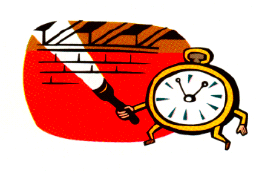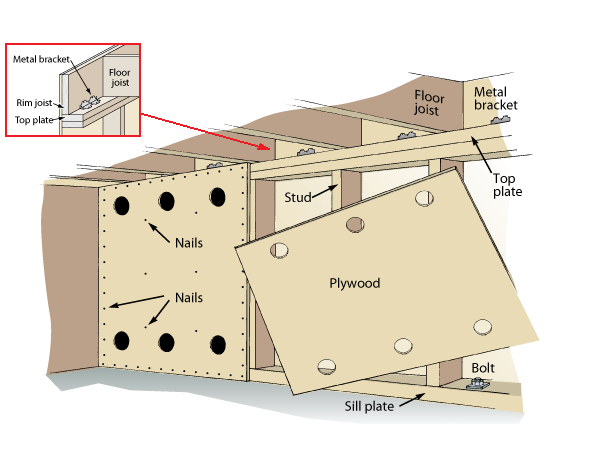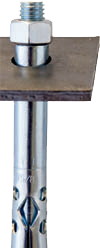
Buildings are designed to withstand the downward pull of gravity, yet earthquakes shake a building in all directions — up and down, but most of all, sideways. There are several common issues that can limit a building’s ability to withstand this sideways shaking.
Additional information, including how-to instructions, is available at www.earthquakecountry.org

This cutaway diagram shows how weak cripple walls can be strengthened by properly attached
plywood sheets. [Illustration credit: San Leandro EQ Retrofit Program]
Common building problems
Most houses are not as safe as they could be. The following presents some common structural problems and how to recognize them. Once you determine if your building has one or more of these problems, prioritize how and when to fix them, and get started.

“WE HAVE GOOD BUILDING CODES SO WE MUST HAVE GOOD BUILDINGS”
The best building codes in the world do nothing for buildings built before a code was enacted. While the codes have been updated, the older buildings are still in place. Fixing problems in older buildings — retrofitting — is the responsibility of the building’s owner.
Inadequate foundations. Look under your house at your foundation. If the foundation is damaged or built in the “pier and post” style, consult a contractor or engineer about replacing it with a continuous perimeter foundation. Look for bolts in the mudsills. They should be no more than 1.8 meters (6 feet) apart in a single story and 1.2 meters (4 feet) apart in a multistory building. Adding bolts to unsecured houses is one of the most important steps toward earthquake safety. This can be done by a contractor or by someone skilled at home maintenance.
Unbraced cripple walls. Homes with a crawl space should have panels of plywood connecting the studs of the short “cripple” walls (see figure above). You or a contractor can strengthen the cripple walls relatively inexpensively.
Soft first stories. Look for larger openings in the lower floor, such as a garage door or a hillside house built on stilts. Consult a professional to determine if your building is adequately braced.
Unreinforced masonry. All masonry (brick or block walls) should be reinforced. Some communities have a program for retrofitting buildings made of unreinforced masonry. If your house has masonry as a structural element consult a structural engineer to find what can be done. Inadequately braced chimneys are a more common problem. Consult a professional to determine if your chimney is safe.
Structural-Safety Quiz for Single-Family Home or Duplex
If you live in a single-family home or duplex, the strength of your home depends on when it was built, its style of construction, and its location.

1. When was your home built?
__ Before 1960 = 5 points
__ 1961-1978 = 3 points
__ After 1978 = 1 point
2. How tall is your home?
__ 2 or more stories with living area above a garage = 5 points
__ Split level, on a hillside or gentle slope = 6 points
__ 1 story, 3 or more steps up to the front door = 4 points
__ 1 story, less than 3 steps up to the front door = 1 point
3. How hard is the ground likely to shake under your home?
__ Portions of southern California shown as yellow or green in color on the shaking hazard map = 5 points
__ Elsewhere in southern California = 7 points
TOTAL POINTS ___
If your home scores 13 or more points on the quiz, you probably should have an engineer, architect, or contractor evaluate it unless it has been strengthened in the past few years.
For those who rent
As a renter, you have less control over the structural integrity of your building, but you do control which apartment or house
you rent:
- Structures made of unreinforced brick or block walls can collapse and cause great loss of life.
- Apartment buildings with “tuck-under” parking space openings can also collapse.
- Foundation and cripple wall failures can cause expensive damage but less loss of life.
- Objects attached to the sides of buildings, such as staircases, balconies, and decorations, can break off in earthquakes.
Ask your landlord these questions:
- What retrofitting has been done on this building?
- Have the water heaters been strapped to the wall studs?
- Can I secure furniture to the walls?
If you live in a mobile home…
Look under your home. If you only see a metal or wood “skirt” on the outside with concrete blocks or steel tripods or jacks supporting your home, you need to have an “engineered tie-down system” or an “earthquake-resistant bracing system” (ERBS) installed. An ERBS should have a label on the bracing that says, “Complies with the California Administrative Code, Title 25, Chapter 2, Article 7.5.”
Earthquake insurance in California
If you own your home it is probably your biggest single asset. You have worked hard to secure your piece of the American Dream by becoming a homeowner. In seconds, your dream can become a nightmare when an earthquake strikes and damages your home and personal belongings. Even if you follow the steps in this handbook, it is likely your home will still have some level of damage, and you will need to repair or replace belongings. One option for managing these potential costs is to buy earthquake insurance.
Earthquake insurance in California is typically not part of your homeowners insurance policy; it is generally a separate policy you can purchase when buying homeowners insurance. All insurance companies that sell residential property insurance in California are required by law to offer earthquake insurance to homeowners when the policy is first sold and then
every two years thereafter.
The cost of the earthquake policy you are offered is based on a number of factors,
including your home’s location, age, construction type, and value. It is up to each homeowner to consider their individual risk factors and then weigh the cost of earthquake coverage against the benefits that coverage may offer after a devastating earthquake.
Many companies issue California Earthquake Authority (CEA) insurance policies, which are designed to rebuild your home if it suffers significant damage from an earthquake.
You may purchase a CEA policy only through the CEA’s participating insurers. A complete list is on the CEA web site at www.earthquakeauthority.com, which has an online premium calculator.
Contact your homeowners insurance company or agent to help you evaluate your earthquake risk factors and then consider whether earthquake insurance is a good choice for you.




